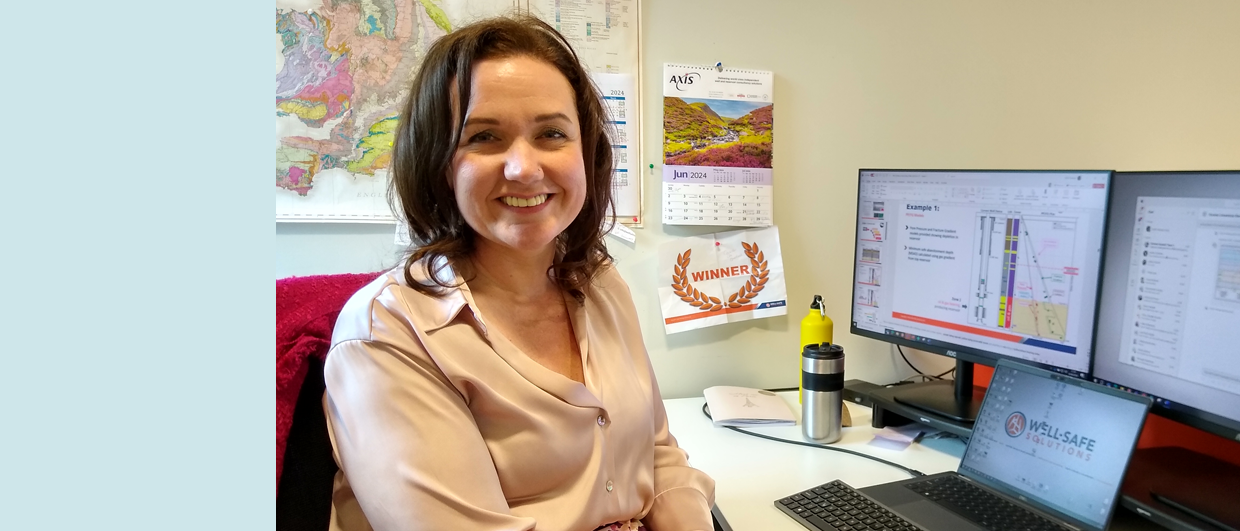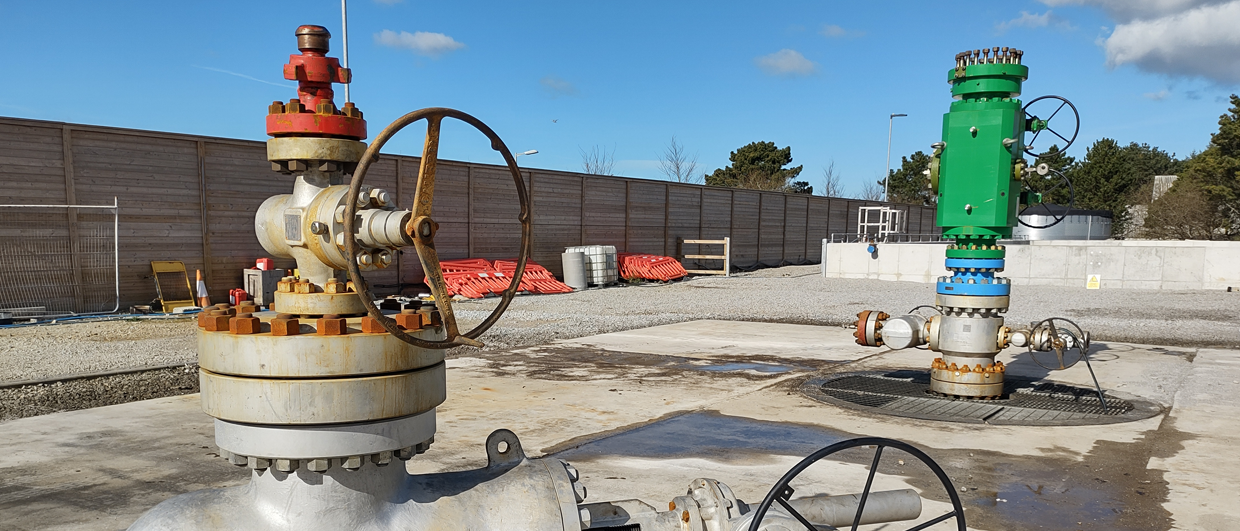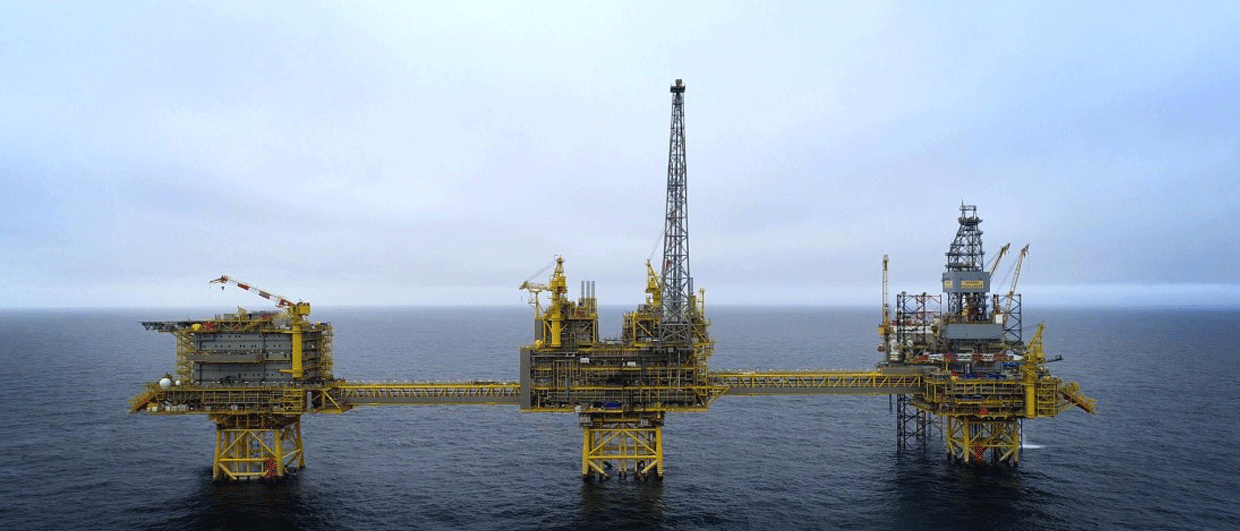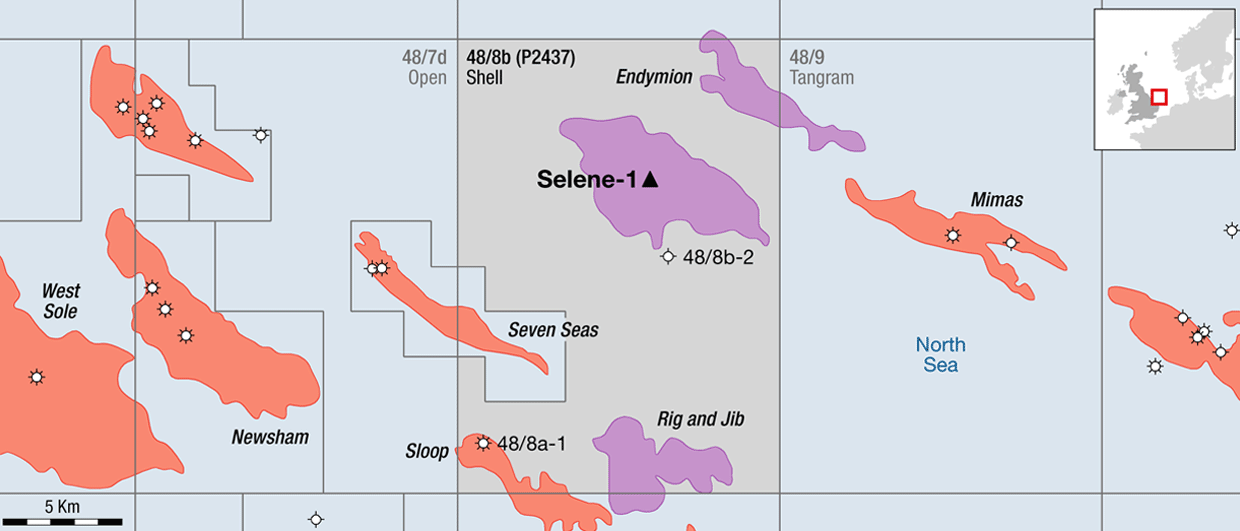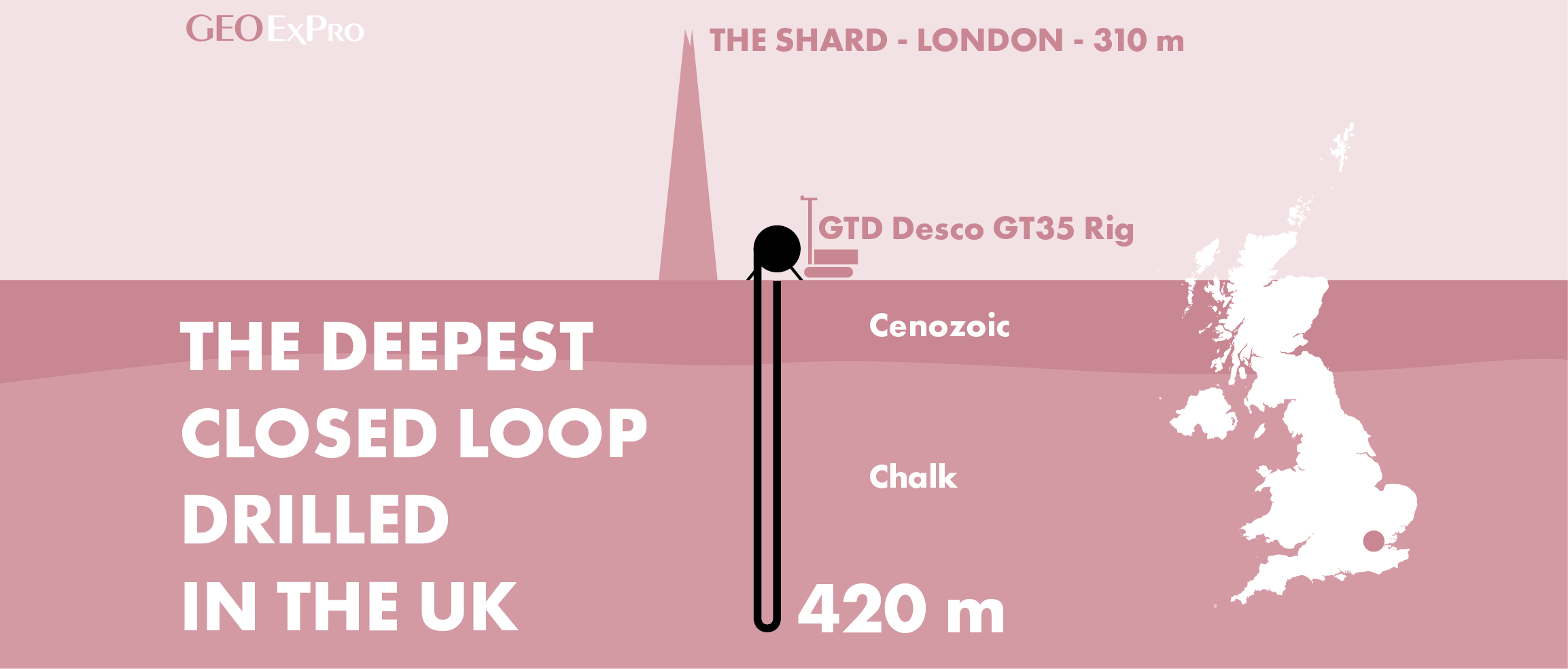“ Let’s not try to sugarcoat it, it wasn’t always easy”, she continues. “The pandemic unfolded, and taking care of homeschooling, a full-time job and completing the university modules on the side was a challenge.”
But it paid off.
Ruth is now the Subsurface Manager at Well-Safe Solutions, a company that is a key player in the decommissioning space in the North Sea and beyond.
She knows what it is to drill a well. Ruth spent more than 20 years in the upstream E&P business with CNR, Apache, Talisman and Repsol Sinopec. The heydays were her first years with Talisman (2007 – 2009), when the exploration team still consisted of around 35 people and exciting discoveries were being made.
…people tend to forget that there is a significant geoscience component to well decommissioning
But times have changed. Drilling, especially exploration drilling, is a rarity across the UK Continental Shelf. Instead, rigs are now increasingly being used for plugging and abandoning wells which have ceased production.
A logical move
Ruth’s decision to move into decommissioning therefore looks like a very logical one. “Yet, people are not queuing up to work in this sector”, she says. “It is not yet considered to be the career of choice, as the industry is working to do more to appeal to the next generation – who often have to contend with conflicting narratives about the future of the energy sector both at home and abroad.”
“However, people tend to forget that there is a significant geoscience component to well decommissioning”, Ruth continues. “And not only to tick some boxes like “this sand is not hydrocarbon bearing”, but to an extent that geoscience can help shave millions off the well abandonment bill.
How? “The key thing in decommissioning is not just the isolation of the hydrocarbon-bearing reservoir”, explains Ruth. “That is a given. But rather, the million-dollar question may be where to place abandonment plugs to maximize their efficacy for isolating the entire geological system, overburden and reservoir. Often, drillers and management will always advocate for a plug to be set as deep as possible”, Ruth says, “but going deeper without due cause can be challenging, inducing higher costs and more uncertainties regarding unforeseen integrity issues.”
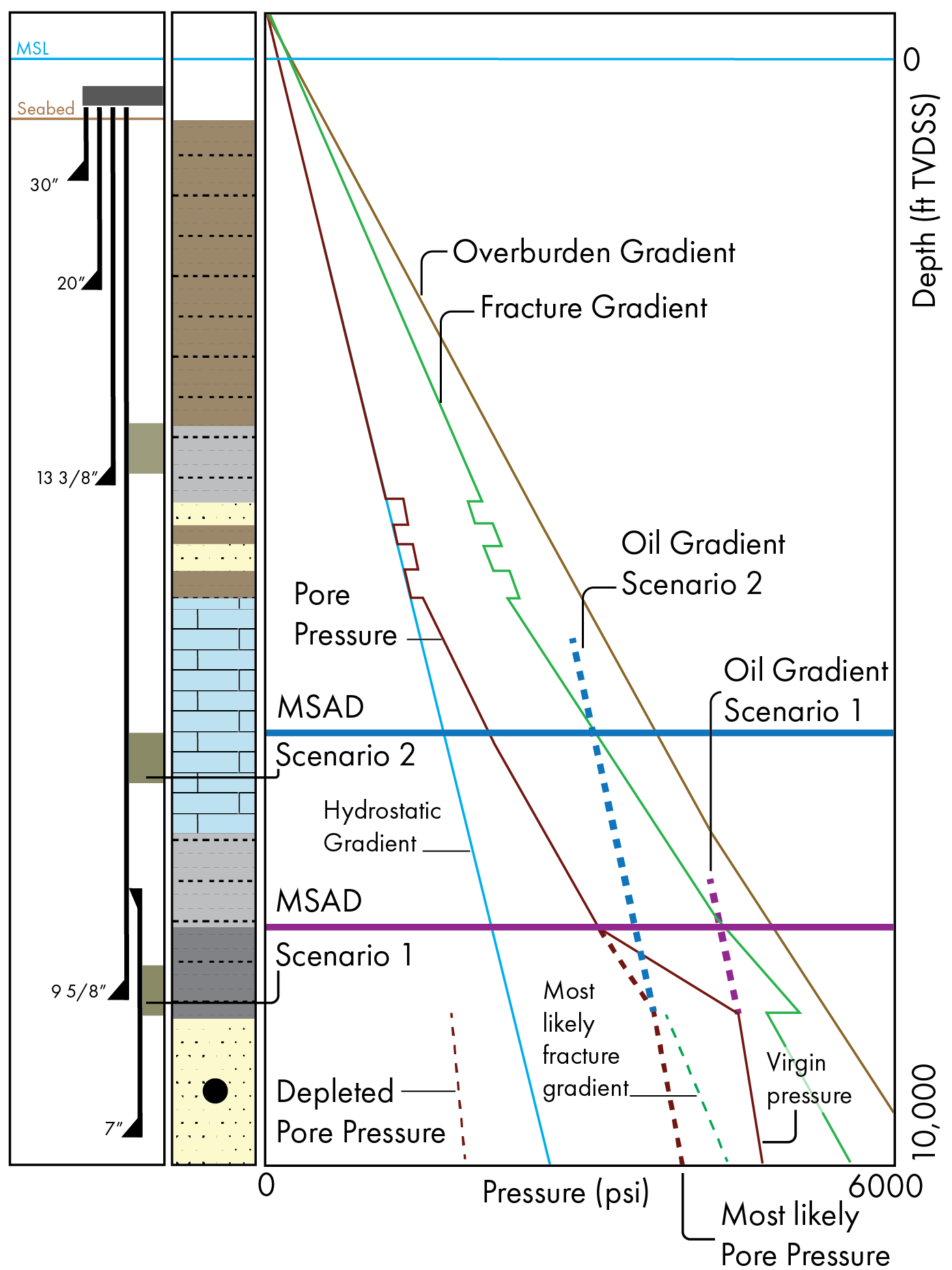
Where geoscience comes into play
A key element of the subsurface basis of design for abandonment workflow is to ensure that plugs are set below the crossing of the hydrocarbon pressure gradient with the fracture gradient, Ruth explains. This depth is known as the “minimum safe abandonment depth” and setting plugs beneath this depth is designed to prevent fracturing of the overburden upon recharge of the reservoir”. And this is where geoscience comes into play. “Let’s say that the pressure in a reservoir drops from 250 bar to 175 bar during the production lifetime”, she continues. “The most conservative estimate in that instance is to assume that the reservoir pressure will return to the same level as it was found in when the first exploration well was drilled (virgin pressure). That assumption is of course safe, but the implication is that in some cases, especially where the reservoir was highly overpressured when it was first discovered, the depth window into which to set the reservoir-isolating plug is quite narrow and very deep at the same time”, she says.
RACE TO THE RESERVOIR
“The start of any well abandonment project is a meticulous analysis of all the subsurface and well engineering data, including log and seismic data, drilling, completion and intervention history and integrity status”, Ruth explains. “Gleaning a complete picture is often hindered by the simple fact that many wells were drilled under the “race to the reservoir” concept, which means that log data coverage and information can be limited, particularly along the overburden section of the well”, she says. “In that case, we resort to using information from offset wells, and the drawing of a plumbing diagram to ensure both vertical and lateral containment can be achieved through an optimized isolation strategy. That is where the value from the subsurface is realised”.
“Especially when it means that packers have to be milled or lower completions have to be recovered, the process can be very risky and time-consuming, and therefore costly”, Ruth adds.
But what if the assumption of reservoir recharge returning to virgin pressure is not always the right one to make? What if pressure recharge can be modelled to be restricted, by a smaller connected volume, for example, such that a lower value can be assumed as the “final” pressure for the purposes of calculating the minimum safe abandonment depth? It is a valid question, and one that has serious cost implications as well. And geoscience has an important role to play here.
“In order to better understand pressure build-up following cessation of production, the building of a dynamic model of the wider geological system is recommended”, says Ruth. This may be quite a significant project in itself, but if the results of such a study can make a case for lower, more realistic, recharge pressures, it forms a good technical basis for subsequently placing the abandonment plugs at a higher level in the well. If that prevents costly additional operations in compromised wells, it is a win-win, and it is thanks to geoscience that these decisions can be justified.”
Leaky overburden
“The concept of isolating formations is a very valid one”, reinforces Ruth. “But that does not mean that we should assume that nothing in nature ever leaks. It is not true. Even the most effective geological seals have some inherent permeability”, she says, “and I think that is an important message to get across. We can try to design wells, materials and methodologies to eradicate flow to the best of our ability, but seeps to the seabed were how we discovered hydrocarbons in the first place, and they will continue to occur long after we are gone. It is an important concept to get across to policymakers”, says Ruth, “not because it legitimizes not doing a good job, but it puts into a geological perspective, the challenges we have when working in well abandonment.”
Ruth’s transition from the world of oil and gas production to well decommissioning shows that there is a compelling, viable route for geoscientists to carve out a future as the global energy sector pivots to a greener future.
It is this specialist knowledge which will be vital in effectively supporting the world’s energy demands in a more sustainable way and enabling our net zero ambitions.

